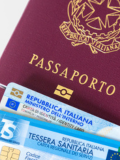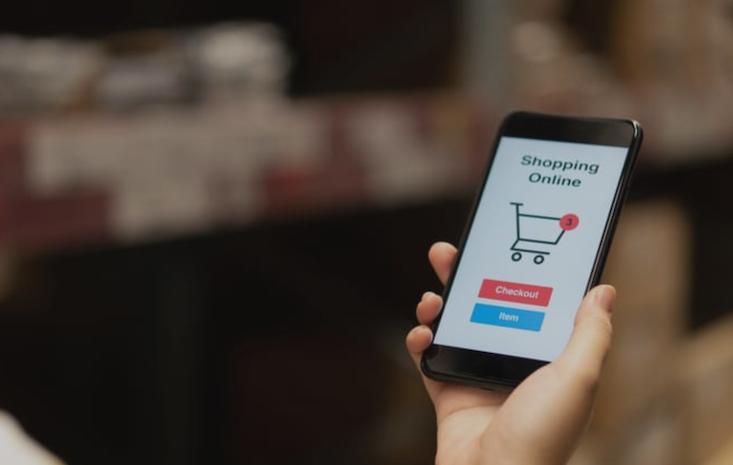Age Verification in just a few Seconds
Verify the age of your customers in real time.
BENEFITS KJM-compliant age verification
The protection of minors is playing an increasingly important role for online providers who sell age-restricted products such as alcohol, tobacco or media via the internet. Existing measures can easily be circumvented by young people if the control mechanisms are weak. The associated increase in the enforcement of age verification laws harbors risks for companies. With our KJM-compliant age verification system PXL Age, you no longer have to worry about compliance with requirements and regulations.
Compliance with legal requirements
Ensuring the protection of minors
High conversion, low abandonment rates
Make it easy for your customers with our web-based age verification. Benefit from high conversion rates thanks to a simple UX and no need to download an app.
/other-logos/KJM.png?width=400&height=143&name=KJM.png)
Age verification with KJM certification
The Commission for the Protection of Minors in the Media has successfully tested our age verification system with regard to legal compliance. PXL Age fulfills all age verification requirements.

Advantages of our online age verification at a glance
- Fast and user-friendly online age verification in less than 20 seconds
- Web-based workflow - no extra app required
- Compliance with legal and regulatory requirements through a KJM-certified age verification solution
- Customisable configurations for your company and use case
- Quick implementation in existing processes through simple REST API, ready for use within a week
- ISO/IEC 27001:2022 certified, GDPR & DSG compliant, ZertES and eIDAS certified
Age verification that you AND your customers will love
Convenient UX & speed
Our digital age verification tool can be integrated directly into your existing processes and environments, so your customers don't have to switch between different apps or browser tabs to verify their age. The entire age verification process takes less than 20 seconds, making it very convenient for your customers. This significantly reduces the number of online age verification abandonments.
Legally compliant online age verification
Access to content harmful to minors such as alcohol, age-restricted online games or games of chance may only be granted after age verification. Strict rules apply to the sale of alcohol in particular: According to Art. 42 of the Foodstuffs and Utility Articles Ordinance (LGV), the sale of alcoholic beverages to children and young people is prohibited.
While age can be easily verified in petrol stations, supermarkets and other stores using an ID card, online age verification cannot be reliably guaranteed without a suitable system.
Online retailers who do not carry out digital age verification or do not adhere to the increasingly strict requirements and regulations are in breach of laws designed to protect minors. This can result in penalties, fines or even the closure of your online store. With our electronic age verification system, we help you to comply with the legal requirements for the sale of age-restricted products. We have a team of legal and technical experts at your disposal who are familiar with digital age verification and can offer you compliance solutions at any time.
SaaS solution with flexible security levels
You can define the security level of the age verification individually. Should only the age be verified by reading the ID or should it also be checked whether the person on the ID matches the person presenting the ID? You decide and thus have a direct influence on the conversion rate.

What our customers say
"Gambling is a socially sensitive product. The protection of players and minors must be implemented effectively and consistently. PXL Vision convinced us straight away."

FAQ about age verification
Once your customers have registered and completed two-factor authentication, their ID document is checked in the purchase process within a few seconds with minimal interaction. To do this, the data is extracted from the ID document and a biometric identity check is carried out, during which the security features of the ID document are also checked. In this way, we prevent possible attempts at fraud and manipulation.
A genuine identification document such as an identity card, passport or driver's license serves as proof of age.
Age verification must be carried out in order to comply with youth protection regulations. This is to prevent minors from accessing content and goods that are harmful to minors. Simply entering your date of birth or ticking a checkbox to confirm that you are of legal age is not enough.
.png?width=126&height=101&name=logo%20(2).png)
.png?width=63&height=51&name=logo%20(6).png)






